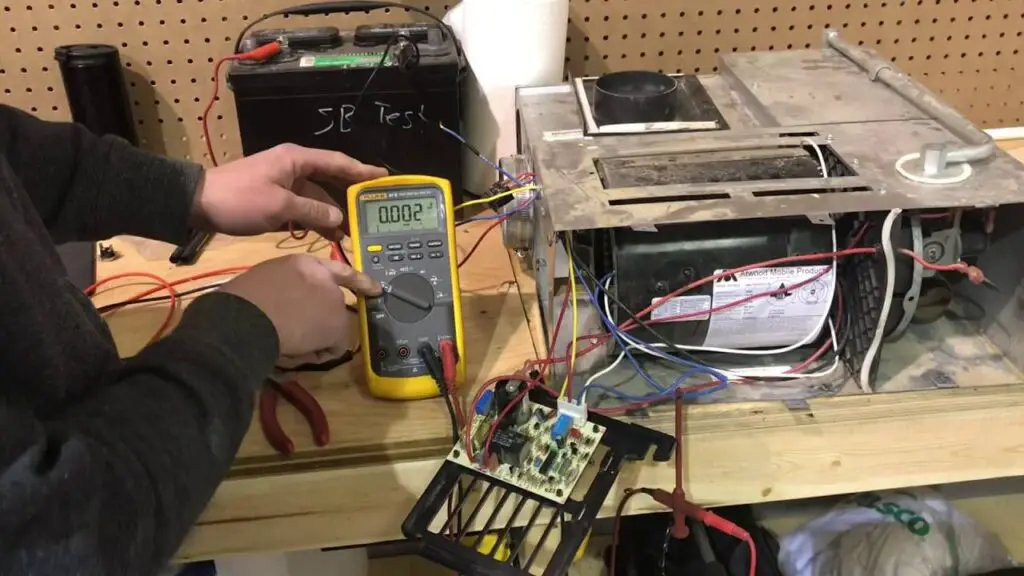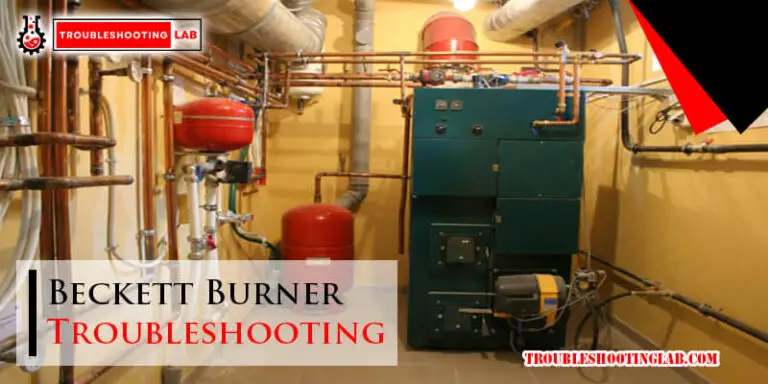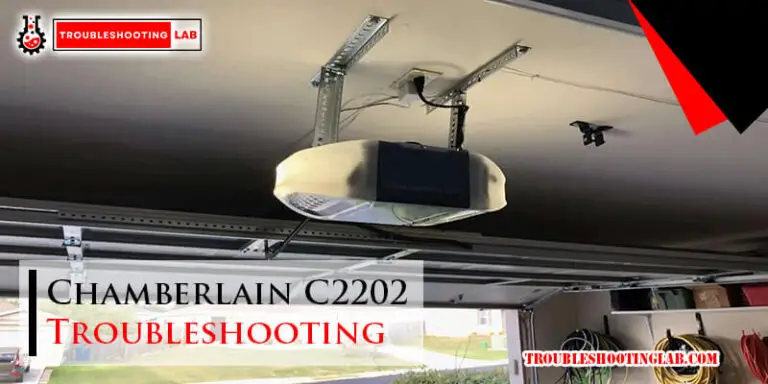Atwood Hydro Flame Furnace Troubleshooting: Quick Fixes and Expert Tips
To troubleshoot an Atwood Hydro Flame Furnace, check the thermostat settings and ensure proper power supply. Having a reliable heating system in your RV is essential for comfort during your travels.
However, encountering issues with your Atwood Hydro Flame Furnace can disrupt your plans. In this guide, we will discuss common problems associated with the furnace and provide troubleshooting tips to help you address them effectively. By following the steps outlined below, you can diagnose and resolve any issues with your Atwood Hydro Flame Furnace, ensuring that you stay warm and cozy wherever your adventures take you.

Common Atwood Hydro Flame Furnace Issues
When it comes to your Atwood Hydro Flame furnace, understanding common issues can help you troubleshoot efficiently. Below are some common problems that may arise with your Atwood Hydro Flame furnace.
- Check thermostat settings are correct.
- Inspect the gas supply to ensure it is on.
- Examine the furnace for any blockages in the airflow.
- Listen for any banging or rattling sounds.
- Check for loose components within the furnace.
- Inspect the blower motor for any signs of wear or damage.
If you encounter any of these issues with your Atwood Hydro Flame furnace, it’s essential to address them promptly to ensure optimal performance.
No Heat Production
If your Atwood Hydro Flame Furnace is not producing heat, it can be a frustrating issue to deal with, especially in the colder months. Below are steps you can follow for troubleshooting the lack of heat production in your furnace.
Check Thermostat Settings
- Ensure thermostat settings are set to heat mode.
- Check if the thermostat batteries need replacement.
- Verify that the set temperature is higher than the ambient temperature.
Inspect For Burner Blockages
- Turn off the furnace and allow it to cool down.
- Visually inspect the burner for any obstructions.
- Clean out any debris or build-up that may be blocking the burner.
If The Issue Persists, It Might Be Best To contact A Professional Technician For Further diagnosis And Repair.
Strange Noises
If you hear strange noises coming from your Atwood Hydro Flame Furnace, it could indicate underlying issues that need addressing. Identifying and troubleshooting the source of these noises is essential to ensure the efficient and safe operation of your furnace.
Identify And Address Motor Issues
One common source of strange noises in the Atwood Hydro Flame Furnace is motor issues. When the motor is malfunctioning, it can produce rattling, humming, or screeching sounds. To address this, start by inspecting the motor for loose components or excessive wear. Ensure that the motor is properly lubricated, as inadequate lubrication can also contribute to unusual noises. If the problem persists, it may be necessary to replace the motor to restore proper functioning.
Address Blower Wheel Problems
Another potential cause of strange noises is blower wheel problems. A worn or damaged blower wheel can produce an array of noises, including scraping, squealing, or clunking sounds. Begin by examining the blower wheel for any signs of wear or damage. Clean the wheel to remove any debris that may be causing the noise. If the issue persists, consider replacing the blower wheel to eliminate the source of the abnormal sounds.
Safety Measures
When troubleshooting an Atwood Hydro Flame Furnace, it is crucial to prioritize safety measures. Regularly inspecting and maintaining the furnace can help prevent potential hazards and ensure the efficient function of the unit. Always follow the manufacturer’s guidelines for safe operation and seek professional assistance if needed.
Importance Of Regular Maintenance
Proper maintenance of your Atwood Hydro Flame furnace is crucial for the safety and functionality of your RV heating system. Regular preventive maintenance helps identify and resolve potential issues before they escalate into serious problems.
Regular maintenance ensures that the furnace operates efficiently, keeps your RV warm during chilly nights, and extends the lifespan of the unit. By adhering to a routine maintenance plan, you can avoid costly repairs and inconvenient breakdowns in the future.
Carbon Monoxide Detectors
Carbon Monoxide Detectors
Carbon monoxide (CO) is an odorless, tasteless, and colorless gas that can be lethal if inhaled in high concentrations. Since your Atwood Hydro Flame furnace burns propane or natural gas to generate heat, there is a potential risk of carbon monoxide emission.
To safeguard yourself and your loved ones from the dangers of carbon monoxide poisoning, it is essential to install carbon monoxide detectors in your RV. These devices will alert you if there are high levels of CO in the air, giving you ample time to take necessary precautions.
Ensure you install carbon monoxide detectors close to the sleeping area, as this is where you spend the most time when your furnace is operational. Remember to check these detectors regularly and replace the batteries as recommended by the manufacturer.
In conclusion, prioritizing safety measures when it comes to your Atwood Hydro Flame furnace is non-negotiable. Regular maintenance and installation of carbon monoxide detectors can go a long way in ensuring your peace of mind and the well-being of everyone in your RV. So be proactive, follow these guidelines, and enjoy safe and comfortable travels with a properly functioning furnace.
Expert Tips For Maintenance
Maintaining your Atwood Hydro Flame Furnace is essential to ensure its longevity and optimal performance. By regularly cleaning and lubricating components and scheduling professional inspections, you can prevent issues and keep your furnace running smoothly. Here are some expert tips for maintenance:
Cleaning And Lubricating Components
- Regularly clean the furnace’s blower motor, burners, and flue pipe to remove dust and debris that can hinder airflow and affect combustion.
- Inspect and clean the furnace’s air filter to prevent dust buildup that can reduce efficiency and airflow. Replace the filter if necessary.
- Lubricate the blower motor and other moving parts, such as fan bearings, with manufacturer-recommended oil. This helps reduce friction and ensures smooth operation.
- Ensure the furnace’s vents and exhaust outlets are free from obstructions, such as leaves or debris, for proper air circulation.
- Check the electrical connections and wiring for any signs of damage, and repair or replace as needed.
Schedule Professional Inspections
- Arrange regular inspections by a qualified HVAC professional to thoroughly assess the condition of your Atwood Hydro Flame Furnace.
- During inspections, the technician will check for any underlying issues, such as gas leaks, faulty ignition systems, or malfunctioning sensors.
- They will also clean and calibrate the furnace’s components, ensuring they are properly adjusted for optimal performance.
- Professional inspections can address any potential problems early on, preventing costly repairs and ensuring your furnace operates efficiently.
Frequently Asked Questions On Atwood Hydro Flame Furnace Troubleshooting
Why Is My Atwood Hydro Flame Furnace Not Igniting?
The Atwood Hydro Flame Furnace may not ignite due to a faulty thermocouple, gas valve issue, or clogged burner.
How Can I Clean The Burner On My Atwood Hydro Flame Furnace?
To clean the burner, simply remove the furnace cover and gently brush away any debris or dust particles using a soft brush.
Why Is My Atwood Hydro Flame Furnace Not Blowing Hot Air?
A malfunctioning blower motor or a blocked air filter can cause the Atwood Hydro Flame Furnace to blow cold air. Check and clean the filter, or replace the blower motor if necessary.
How Often Should I Service My Atwood Hydro Flame Furnace?
It is recommended to service your Atwood Hydro Flame Furnace at least once a year to ensure optimal performance and prevent any potential issues.
Why Is My Atwood Hydro Flame Furnace Making Unusual Noises?
Unusual noises from the Atwood Hydro Flame Furnace could indicate a loose fan belt, a worn-out blower motor, or a malfunctioning blower wheel. Consider inspecting and replacing these components if needed.
Conclusion
In sum, troubleshooting your Atwood Hydro Flame furnace can save time and money. By following these steps, you can resolve common issues and ensure optimal performance. Regular maintenance and careful observation are key for a well-functioning furnace. This comprehensive guide equips you with the knowledge to address any potential problems efficiently.






